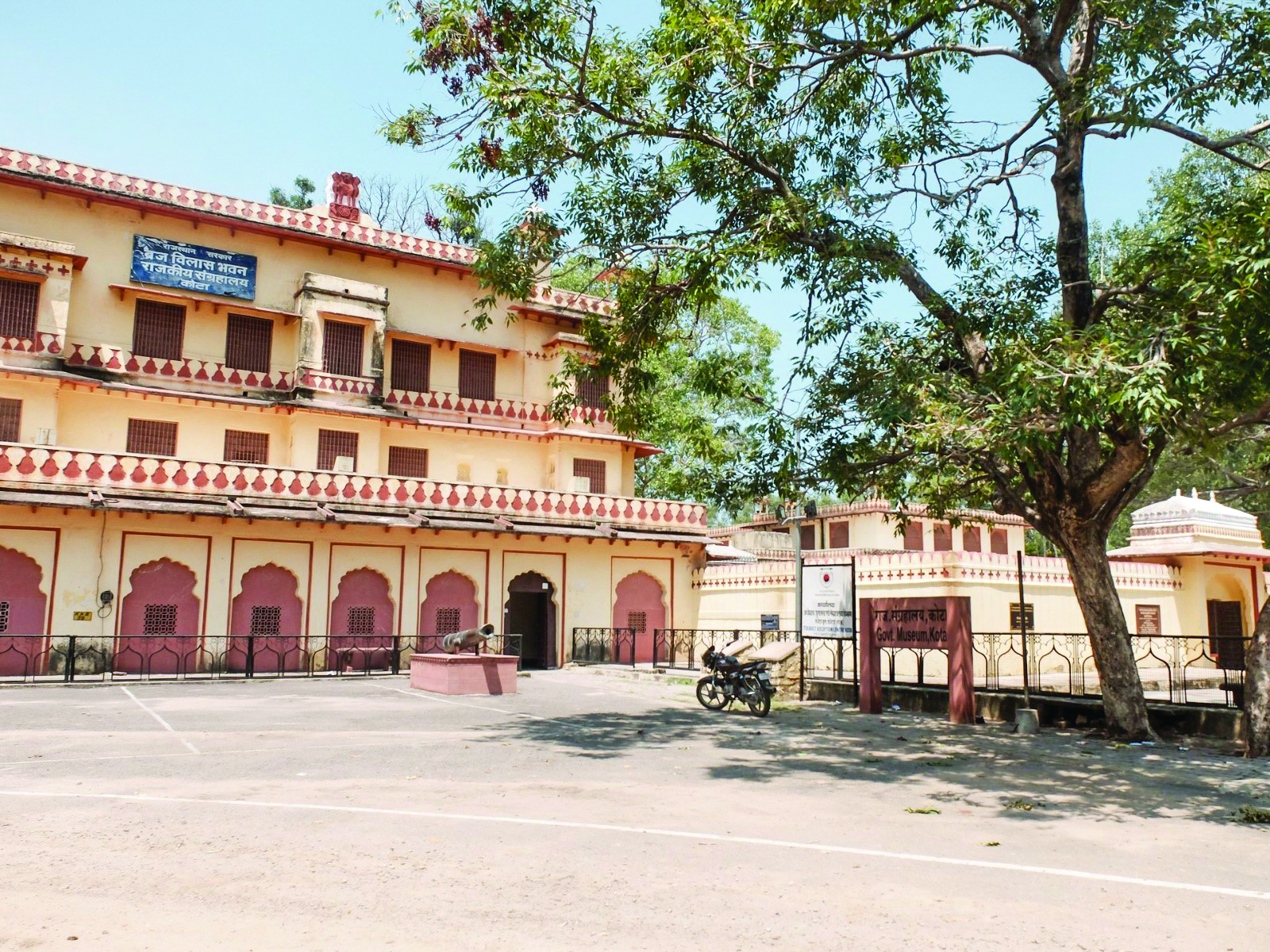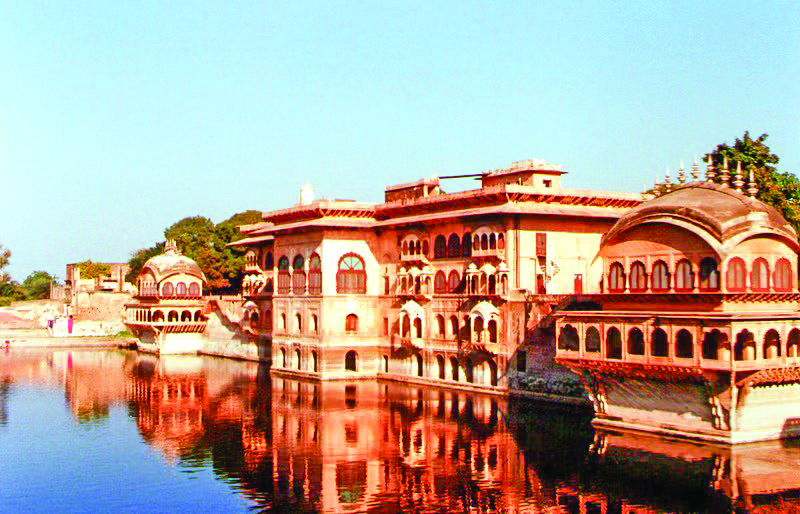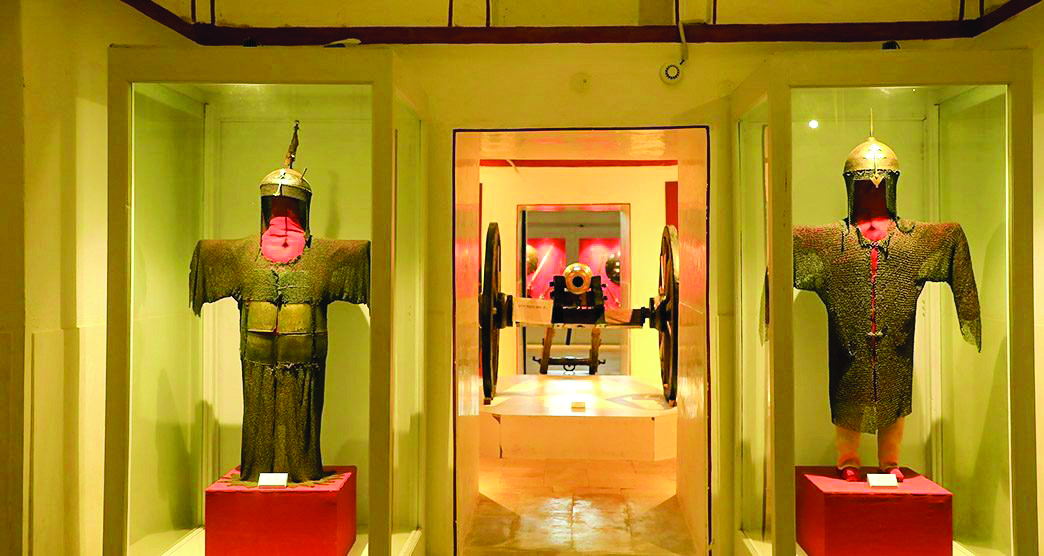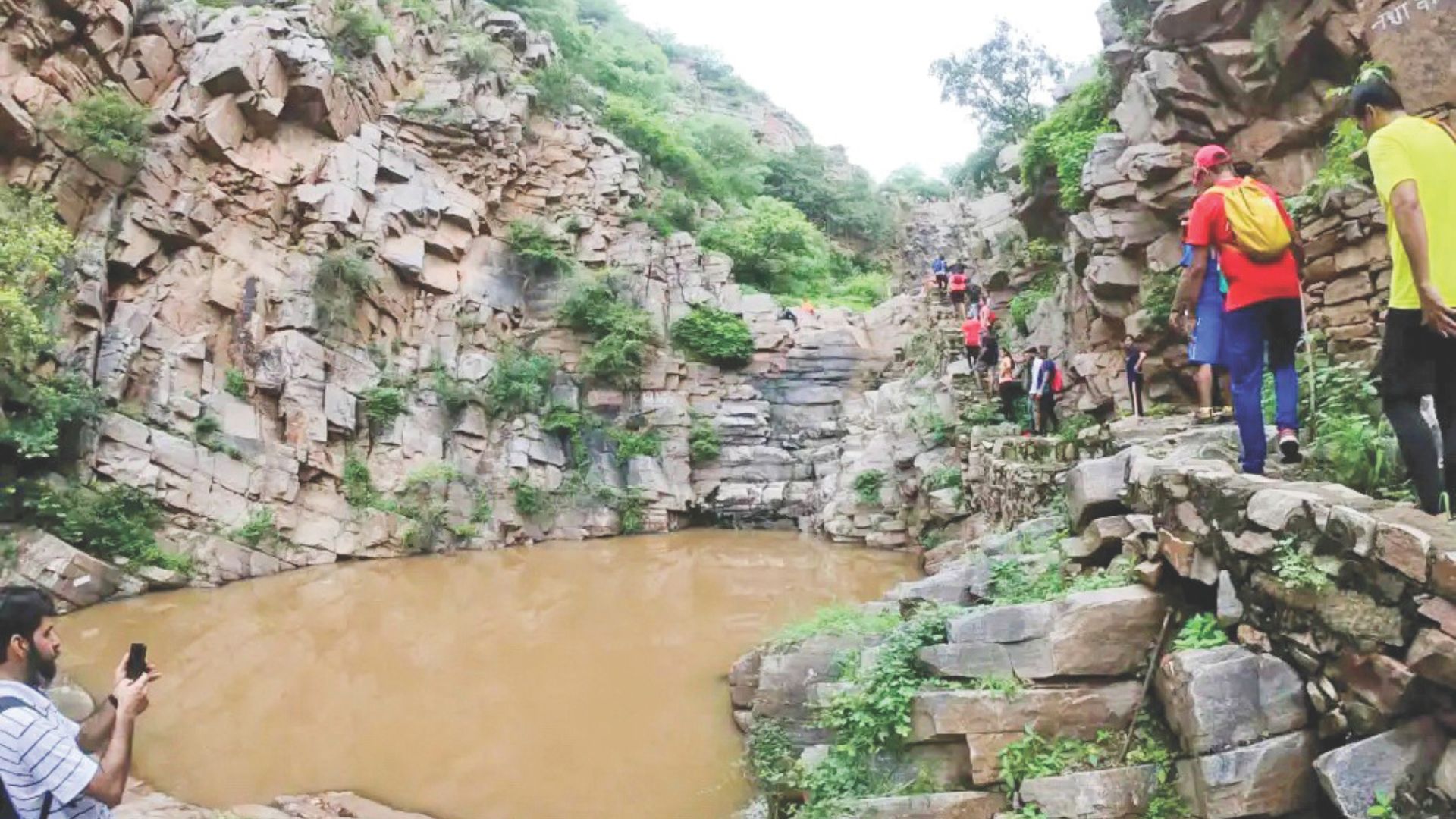In Rajasthan’s forgotten corner, a divine arrow and a warrior’s mace carved pools that still ripple with ancient legends.
In Rajasthan’s forgotten corner, a divine arrow and a warrior’s mace carved pools that still ripple with ancient legends. Deep in Rajasthan’s tribal belt, where time seems to flow as languidly as the sacred waters themselves, lies a place where mythology breaks through the earth’s surface like a spring. Ram Kund of Banswara isn’t just another holy water body; it’s where, according to ancient belief, divine intervention reshaped the landscape itself.
A Tale of Two Pools
But Ram Kund holds more than one story in its depths. Just a short distance away lies Bhim Kund, said to have been created by the mighty Bhim’s mace during the Pandavas’ exile. These twin pools, connected by mysterious underground caves, represent a rare convergence of India’s two great epics, the Ramayana and Mahabharata.
“The caves are like time tunnels,” explains Dr. Anjali, an archaeologist who has studied the site. “They connect not just the two pools, but different eras of Hindu mythology. It’s extremely rare to find a single location that features so prominently in both epics.”
Sacred Geography
The site’s layout reads like a map of ancient legends. Descending the worn stone steps to Ram Kund, visitors encounter a cave enshrined Shivling, believed to have been established by Lord Ram himself. Beside it, an ancient Ganesha statue stands sentinel, its features softened by centuries of devotional touches.
The natural architecture is breathtaking, as it has water seeps that go through mountain rock, gathering into streams that feed the pool below. During monsoon season, the surrounding landscape transforms into a riot of green, the rocky outcrops draped in emerald moss and delicate ferns.
A beautiful travel landscape
Today, Ram Kund is more than a mythological site; it’s a center of faith and community life. During Sawan (the monsoon month), thousands of pilgrims navigate the 12-kilometer journey from Banswara’s district headquarters to seek blessings and witness what locals call “Phaati Khan,” the dramatic rock formations split by divine intervention.
“Each crack in these rocks tells a story,” says Lakshmi Devi, an elderly resident who has visited the site her entire life. “Our children grow up learning these tales, understanding that this landscape was shaped by both gods and nature.”
Historical Epochs
The history of Ram Kund extends beyond its mythological origins into documented historical periods. Archaeological findings reveal that the site served as a strategic water source during the Paramara dynasty (10th–13th centuries). Stone inscriptions discovered near the main pool indicate that medieval rulers enhanced the original structures, adding elaborate stone work and expanding the water storage capacity.
During the Mughal period, the site maintained its significance, with local records showing that even during times of conflict, the sanctity of Ram Kund was respected. The British colonial records from the 19th century mention Ram Kund as a significant pilgrimage site, noting its architectural features and perennial water supply.
Modern Pilgrims
The route to Ram Kund offers its own adventure. From Banswara, travelers follow a winding road toward Talwara, turning off near the Tripura Sundari temple. The path then splits, one fork leading to Ram Kund, the other to Bhim Kund, allowing visitors to trace the footsteps of both divine wanderers.
“The journey itself is part of the experience,” says Rakesh Meena, a local guide. “As you approach, the landscape changes. The air feels different. It’s as if you’re crossing a threshold into another time.”
Natural Wonder
Beyond its mythological significance, Ram Kund is a geological beauty. The continuous water flow through ancient rock formations has created a unique ecosystem. During monsoon, the site transforms into a photographer’s paradise, with water cascading down rock faces and mist rising from the pools at dawn.
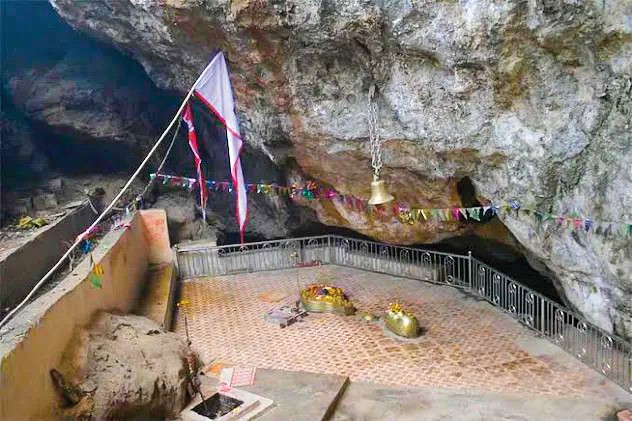
Preservation Challenges
However, this sacred site faces modern challenges. Increasing visitor numbers strain the ancient infrastructure, while climate change threatens the traditional water flow patterns. Local authorities and community leaders are working to balance preservation with accessibility.
“We must protect these sites not just as religious places but as part of our natural and cultural heritage,” explains Rajendra Singh, a local environmental activist. “The stories of Ram Kund teach us about water conservation and respect for nature, lessons we desperately need today.”
Visitor’s Guide
The best time to visit is early morning, when the first rays of sun illuminate the rock faces and the water flows at its clearest. The site is particularly magnetic during Sawan (July-August), though this also brings the largest crowds. Visitors should wear comfortable shoes suitable for slippery stones and bring water for the journey. Local guides, available in Banswara, can enrich the experience with detailed storytelling and knowledge of hidden spots.
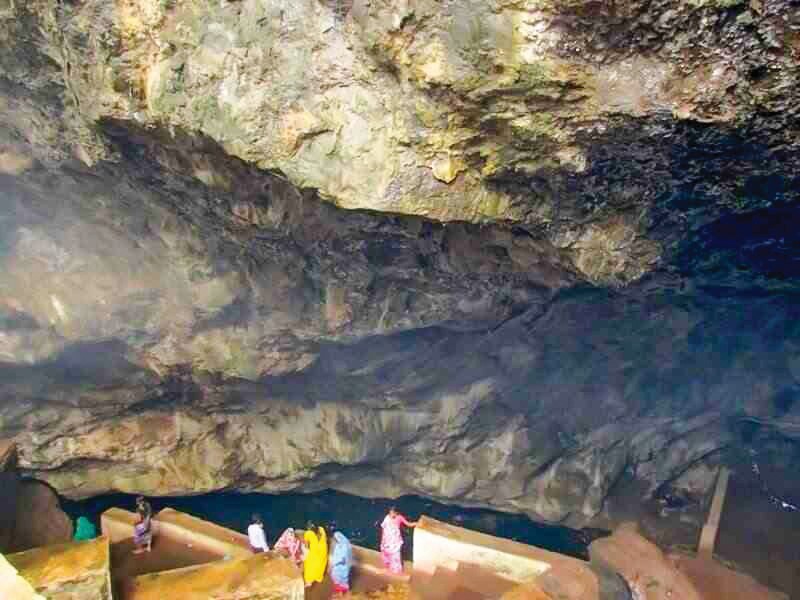
Essential Travel Information
Location is 12 km from Banswara, Rajasthan. The best time to visit is from July-August (Sawan) for atmosphere and October-March for comfortable weather. The visit duration lasts 2-3 hours. Its accessibility requires moderate hiking. The special note to keep in mind is that early morning visits are recommended, so carry water and wear appropriate footwear.
A Timeless Sanctuary
As evening approaches and the last visitors depart, Ram Kund returns to a profound silence broken only by the eternal drip of sacred waters. In these moments, it’s easy to understand why gods and heroes chose this location to rest during their earthly journeys.
This ancient water source, created by divine intervention and maintained by nature’s mercy, continues to provide bodily and spiritual nourishment to everyone who comes. In an era of tremendous change, Ram Kund remains a window into a period when the distinctions between myth and truth, natural and supernatural, were as fluid as the rivers that still flow from the mountain’s center.




